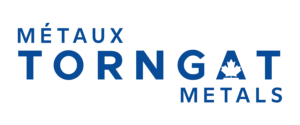Rare earths
Towards a low-carbon emission world
Rare earths are used in multiple industries
Already in widespread use, rare earth elements are an integral part of our day-to-day lives.
Rare earths are used to produce permanent magnets, which are essential to the operation of electric vehicles, wind turbines, certain types of medical equipment and many other low-carbon technology solutions.
Rare earths also have a key role to play in the clean energy transition.
Rare earths within the low-carbon supply chain


Rare earths market
Demand for rare earths is growing strongly to meet the needs of green technologies. According to the International Energy Association, compared to current levels, global demand is set to climb by 300% to 700% by 2040.
Currently, China controls 80 to 90% of the rare earths market, along with the entire supply chain for electric motors and permanent magnets. In addition to creating geopolitical dependency, this situation has led to a supply chain that is unpredictable, unstable and ethically uncertain.
Developing and accessing a reliable and responsible source of rare earths is a strategic issue for many countries involved in the fight against climate change.
4 essential rare earths at Strange Lake
Located in northern Quebec, the Strange Lake site has extensive deposits of both heavy (dysprosium and terbium) and light rare earth elements (neodymium and praseodymium). That is what makes it so unique.
Heavy rare earths are particularly sought after for the production of high-performance permanent magnets. With the Strange Lake project, Torngat Metals has the potential to become the world’s largest supplier of dysprosium.
